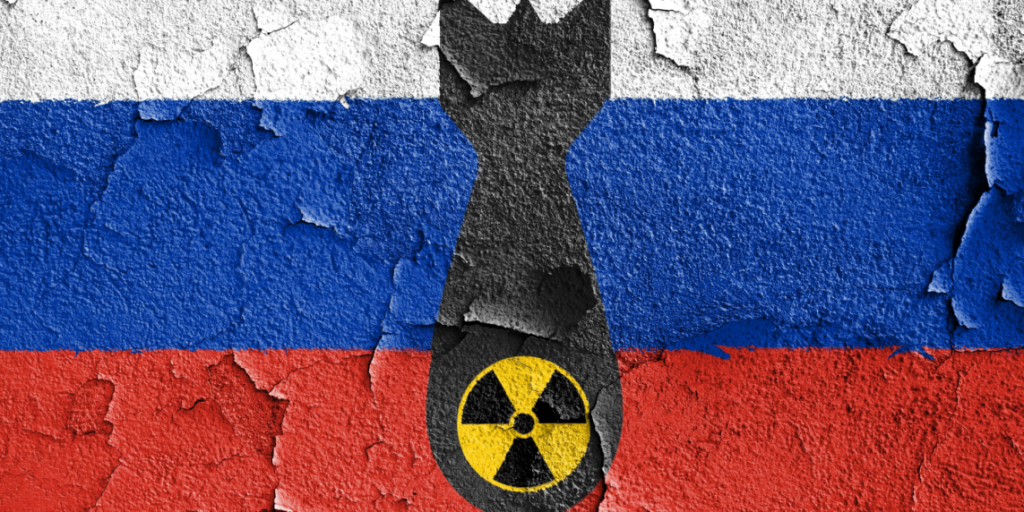It’s been called a “radiological dirty bomb”.
Others are reading now
Putin revealed on Sunday (October 26) that Russia had successfully tested the 9M730 Burevestnik, a nuclear-powered missile reportedly capable of flying 12,500 miles and evading modern defense systems.
According to General Valery Gerasimov, Russia’s Chief of the General Staff, the missile flew 8,700 miles during a 15-hour trial earlier in the week.
Kremlin officials hailed the test as proof of a new era in strategic weaponry.
However, experts told The Sun that the missile’s practical value is questionable, arguing that its nuclear propulsion system makes it too dangerous and impractical for real-world use.
A “radiological dirty bomb”
Security and intelligence expert Philip Ingram MBE said the Burevestnik could not be deployed safely with a conventional warhead.
Also read
“If it’s nuclear-powered at its propulsion end, and you’ve got something that goes bang at the other end, then you’ve just created a radiological dirty bomb,” he told The Sun.
Ingram added that the only feasible way to use such a missile would be to attach a nuclear warhead—something he believes Putin would never risk.
In fact, Russia’s existing intercontinental ballistic missiles are already more effective than the Burevestnik, Ingram said.
Troubled test history
Western intelligence agencies say the Burevestnik has a troubled past, with repeated test failures.
A 2019 explosion during an experiment in the White Sea killed at least five nuclear specialists and released radiation—an incident U.S. officials believe was linked to early trials of the same missile.
Also read
Although a test in October 2023 was reportedly successful, arms control experts have dismissed the weapon’s strategic value.
Speaking to The Sun, Thomas Countryman, a former senior U.S. State Department official and current Arms Control Association member, described it as “a uniquely stupid weapon system, a flying Chernobyl that poses more threat to Russia than it does to other countries.”
Easy to detect
Defense analysts have also questioned the missile’s subsonic speed, which they say would make it vulnerable to detection and interception.
According to Russia, the missile would be impossible to spot on radar. However, Ingram said it would in fact stand out—“basically jumping up and down to reveal its location”—mainly because of the radiation from its nuclear power source.
Trump’s sharp warning
The criticisms came as tensions between Moscow and Washington escalated further, following U.S. President Donald Trump’s response to the test.
Also read
Speaking aboard Air Force One, Trump called Putin’s missile demonstrations “inappropriate” and issued a blunt reminder of America’s own military capabilities.
The U.S. President said the Russian leader should not be boasting about nuclear arms, warning that the United States had “the greatest nuclear submarine right off their shore.”
Putin’s display followed a series of nuclear war drills conducted by Russian forces earlier in the week—part of what analysts see as an ongoing effort to project power amid strained relations with the West.
Sources: The Sun, Reuters, BBC, AP
This article is made and published by Jens Asbjørn Bogen, who may have used AI in the preparation


